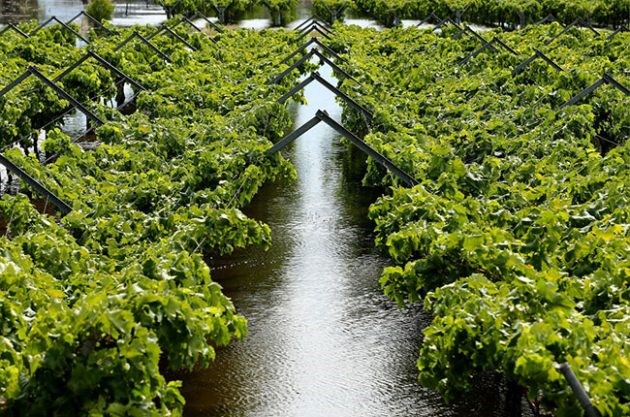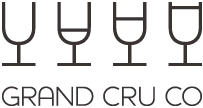Trump winery seeks guest foreign workers for its vineyards
Trump Vineyard Estates, the winery originally bought by Donald Trump and now run by his son Eric, has applied for guest visas for up to 23 foreign workers to help out in its vineyards. They would be paid $11.27 per hour, according to a filing published by the US Department of Labor, which must approve or deny the request.
Although president Trump is not directly involved in running the Virginia winery, restoring jobs for American workers was a key tenet of his successful election campaign. The new president has also criticised levels of immigration in the US, notably from Mexico. Trump this week nominated R. Alexander Acosta to be his Labor secretary.
Trump Vineyard Estates requires the 23 workers from early April until 27 October, according to its application filing. It has requested H-2A visas, which is a scheme to allow foreign agricultural workers to enter the US for temporary or seasonal employment. Workers on this scheme are not officially classed as immigrants.
It is common around the world for vineyard owners to bring in temporary foreign workers, particularly for the harvest season. Donald Trump bought the estate in 2011 and handed it to his son, Eric Trump, before going on to run for president of the United States.
As a presidential hopeful, Trump promoted his family’s Virginia winery while on the campaign trail. ‘It’s the largest winery on the East Coast,’ he said last year. ‘We make as good a wine as you can get anywhere in the world.’ In Virginia, a campaign named ‘Stop Trump Wine’ has asked Virginians to boycott grocers and stores selling products connected to the president.
Swan Valley wine area declared disaster zone after floods
Western Australia's Swan Valley area has been declared a disaster zone after some of the worst flooding for decades damaged urban areas and also vineyards.

Summer floods caused ‘extensive damage’ to several Swan Valley vineyards, as well as urban areas and city parks, according to officials.
Photos showed vines half under water.
The un-seasonal flooding is some of the worst in living memory and, to complicate matters, has arrived at harvest time.
City of Swan mayor Mick Wainwright declared a state of emergency this week as the area tries to deal with the consequences of floods that have left vines, public parks and streets under several feet of water.
Local media reported that the damage to wine grape growers in the area could be between $10 million and $15 million Australian dollars, citing estimates by Darryl Trease, the president of the Grape Growers Association of Western Australia.
However, precise damage reports to vineyards were not immediately available.
Swan Valley lies just outside of Perth. It is one of Australia’s oldest wine regions, and settlers first planted vines there more than 180 years ago.
Export revenues for US wine reach new high
At 45.9 million cases, down 10.5% on 2015, shipments – 90% of them from California – dropped to their lowest level since 2012, but the strong dollar helped producers to increase their revenues by 1% on 2015.
Exports to the UK – California wine’s biggest overseas market – were up 18% by value and 5% by volume to $337 million and more than 13 million cases respectively.
This led the Californian Wine Institute UK trade director Justin Knock MW to claim that California was ‘on track’ to hit its target of achieving $400 million in UK sales by the end of the decade.
Meanwhile, shipments to China rose 46.6% by value and 11% by volume**, attributed to ‘meaningful growth in higher-value products’ by Christopher Beros, Wine Institute trade director for China and Pacific Rim.
While helping the value of shipments to grow during the year, the strong dollar poses a competitive challenge for producers and importers.
‘As the dollar moves towards parity with the euro, export volumes to Europe are down in most countries, mainly in the lower-priced segment,’ pointed out Paul Molleman, Wine Institute trade director for Continental Europe.
While exports to the EU as a whole rose 10.1% to $685 million, the value increase excluding the UK was just 2.7%, he added.
California’s main export markets experienced contrasting fortunes during 2016, with Canada, Japan, Mexico, Switzerland and Singapore all down in value terms.
However smaller markets, such as the Philippines, Dominican Republic and Taiwan, recorded strong gains.
There was particular disappointment in Japan at President Trump’s decision to withdraw from the Trans-Pacific Partnership trade deal, since key competitors such as Chile and Australia already have free trade agreements with Japan, and thus lower duty tariffs.
Cheers!




